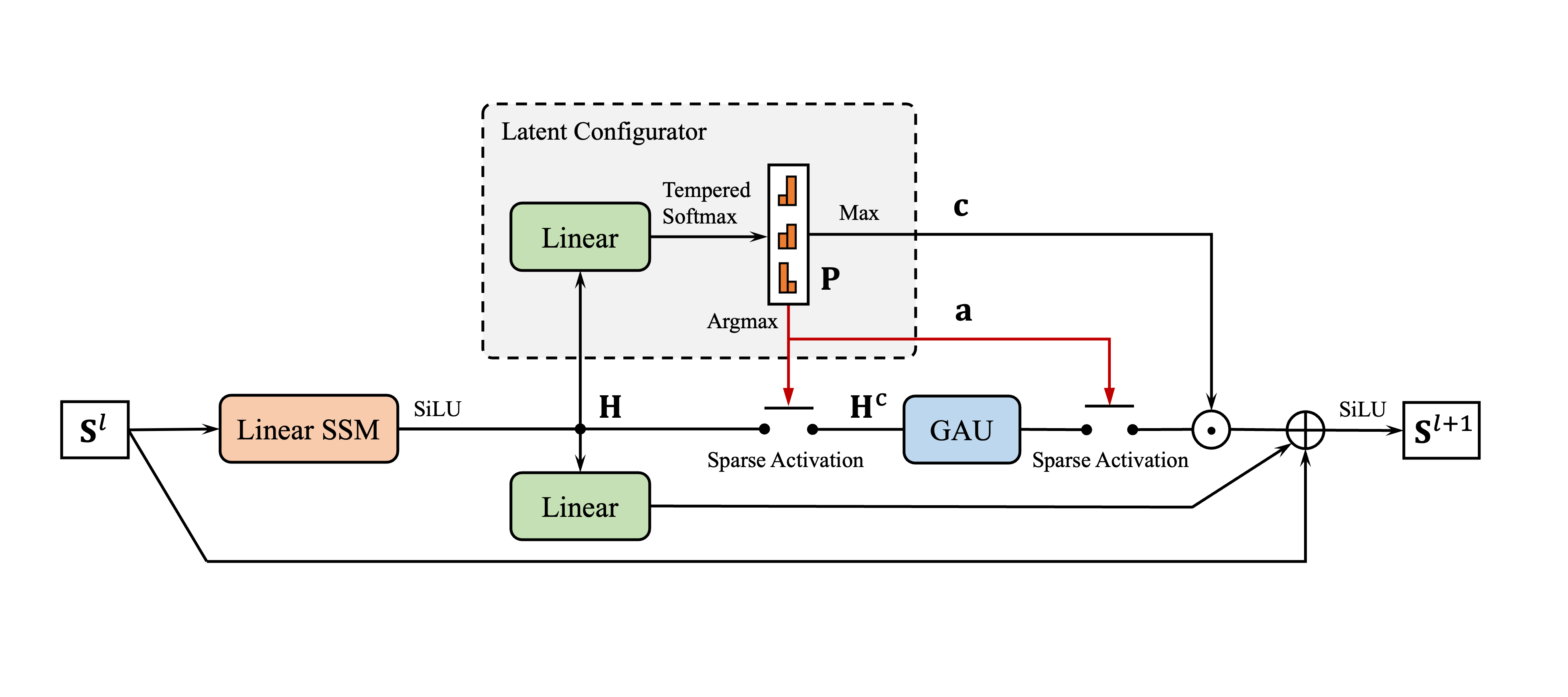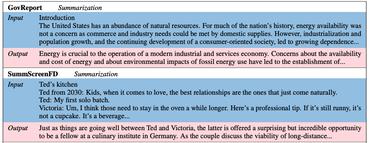Sparse Modular Activation for Efficient Sequence Modeling
Recent hybrid models combining Linear State Space Models (SSMs) with self-attention mechanisms have demonstrated impressive results across a range of sequence modeling tasks. However, current approaches apply attention modules statically and uniformly to all elements in the input sequences, leading to sub-optimal quality-efficiency trade-offs. To address this limitation, we introduce Sparse Modular Activation (SMA), a general mechanism enabling neural networks to sparsely and dynamically activate sub-modules for sequence elements in a differentiable manner. Through allowing each element to skip non-activated sub-modules, SMA reduces computation and memory consumption of neural networks at both training and inference stages. To validate the effectiveness of SMA on sequence modeling, we design a novel neural architecture, SeqBoat, which employs SMA to sparsely activate a Gated Attention Unit (GAU) based on the state representations learned from an SSM. By constraining the GAU to only conduct local attention on the activated inputs, SeqBoat can achieve linear inference complexity with theoretically infinite attention span, and provide substantially better quality-efficiency trade-off than the chunking-based models. With experiments on a wide range of tasks, including long sequence modeling, speech classification and language modeling, SeqBoat brings new state-of-the-art results among hybrid models with linear complexity, and reveals the amount of attention needed for each task through the learned sparse activation patterns. Our code is publicly available at https://github.com/renll/SeqBoat.
PDF Abstract NeurIPS 2023 PDF NeurIPS 2023 Abstract





 Speech Commands
Speech Commands
 ListOps
ListOps
